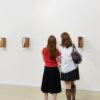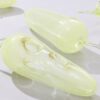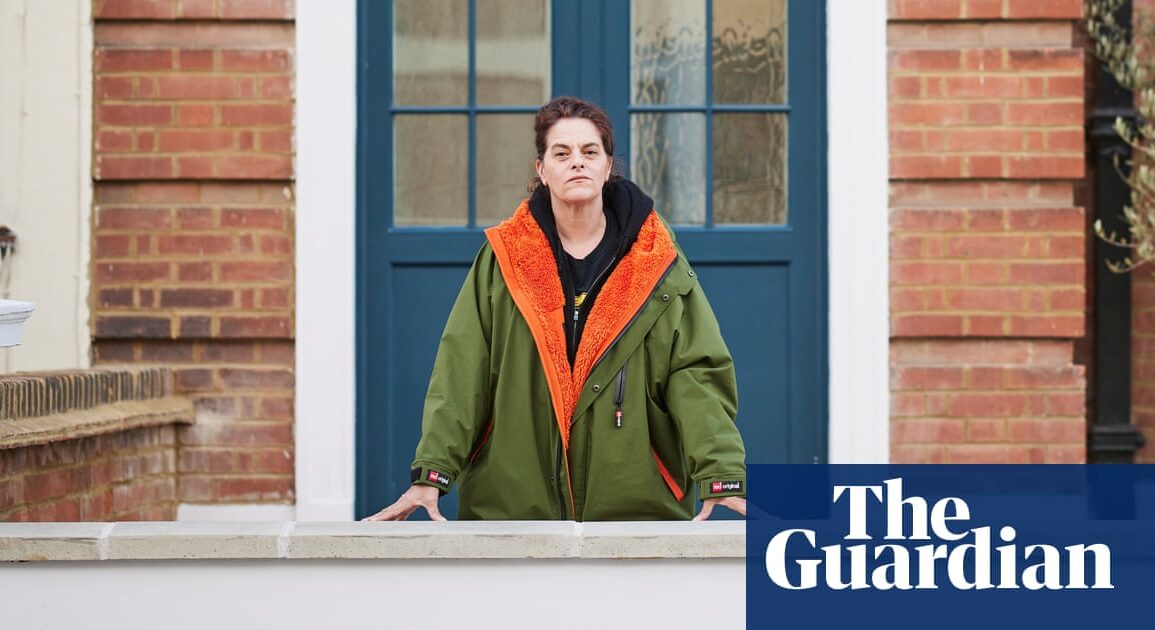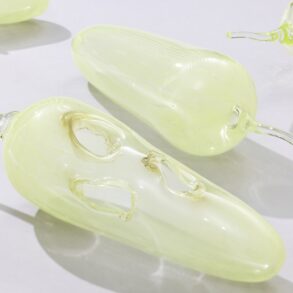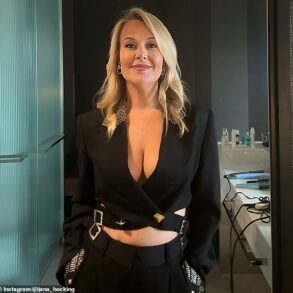
At a book launch in the late 1980s, Kazuo Ishiguro quipped to Martin Amis that all the greatest novels were written by authors in their 20s and 30s. Amis, who wrote his first novel at 23, was just about to turn 40. Last week, Tracey Emin expressed a similar sentiment, observing on The Louis Theroux Podcast that most male artists are less of a creative “force” after the age of 40. Emin added her own spin on Ishiguro’s thesis: women “just tend to come and come and come and come and come, so as a woman, you carry on coming all your life until you’re old”. Emin is 61.
The artist, most famous for Everyone I Have Ever Slept With 1963-1995 (The Tent) and My Bed, has never shied away from sparking controversy. It is clearly unfair to dismiss all male artists as past their “peak” at 40. Art history is littered with old – literally – masters: David Hockney is still going strong at 87; Lucian Freud painted until the day he died in 2011, aged 88, as did Michelangelo; Picasso and Matisse were prolific until the ripe old ages of 91 and 84 respectively.
But Emin is on to something with the indefatigability of female artists. And now they finally seem to be having their moment. Along with Emin, whose solo exhibition I Followed You to the End is running at White Cube, there have been London retrospectives of older female artists, including Claudette Johnson, who at 65 is shortlisted for this year’s Turner prize, and the 85-year-old American feminist Judy Chicago. This week Paula Rego had the posthumous triumph of her work replacing portraits of Queen Elizabeth I and Walter Raleigh as part of a rehang by Keir Starmer in Downing Street.
The list of female artists who worked well into old age is long, including Bridget Riley, Geta Brătescu and Georgia O’Keeffe. Louise Bourgeois created her monumental Maman when she was 88. Japanese polka-dot queen Yayoi Kusama held a UK exhibition last year aged 94.
But it is not just that female artists keep “coming and coming” as Emin put it. Overshadowed by the Jackson Pollocks and Damien Hirsts of their day, many only achieved recognition late in life.
Then there is the age-old conflict between artistic creativity and motherhood. Austrian artist Maria Lassnig said she would have felt “eaten” if she had had children, because it would have been impossible to devote herself to her art. This longing for artistic freedom was the inspiration for All Fours, the hit novel by Miranda July about a 45-year-old performance artist. July, who is 50, has made films and art since her 20s, but only had a first solo show this year.
With women at the helm at the Tate and Whitechapel, as well as at the art fair Frieze, alongside more female gallerists, the old boys’ art club has opened up. Exhibitions of exclusively white, male artists would now be unthinkable, and efforts are being made to redress other balances too – for example the lifting of the 50 age cap for the Turner prize in 2017. Lubaina Himid at 63 became the oldest artist and first black woman to win.
In the past, female artists battled convention and defied rejection. In the 21st century they are firmly in the picture – where they belong. The rise of art by women is not going to peak any time soon.
This post was originally published on this site be sure to check out more of their content

